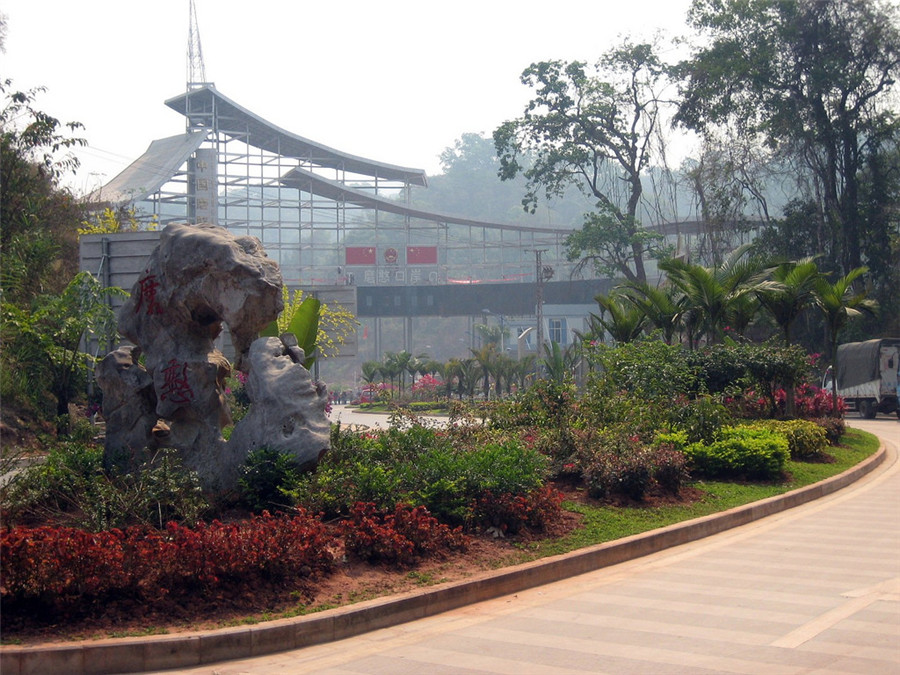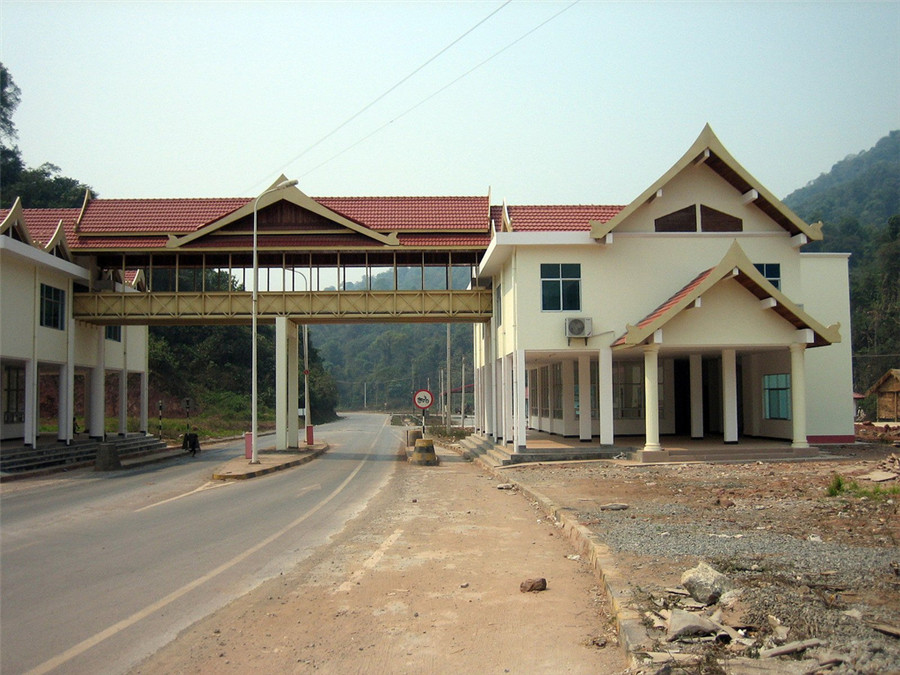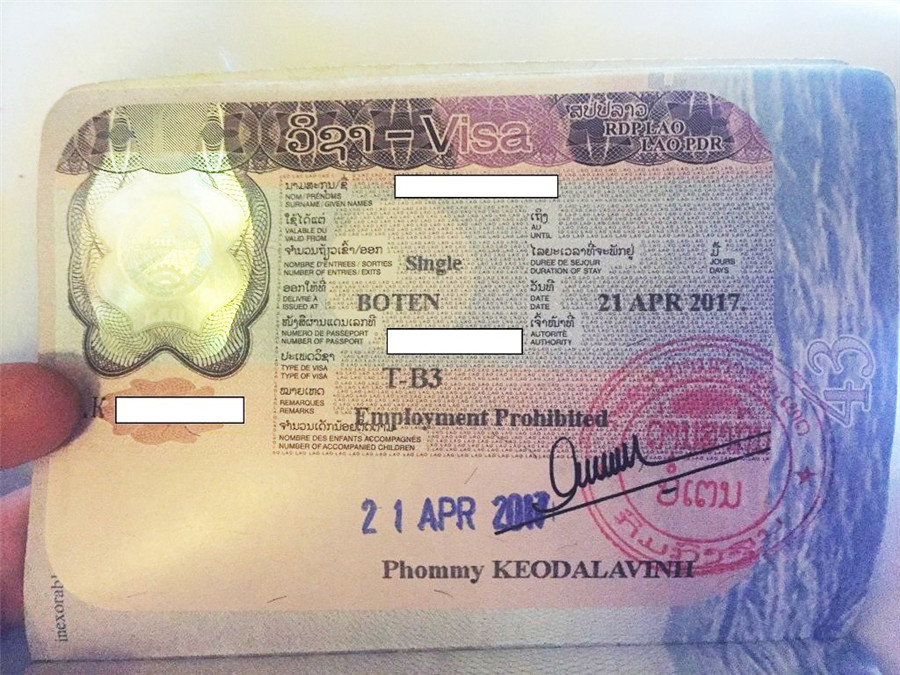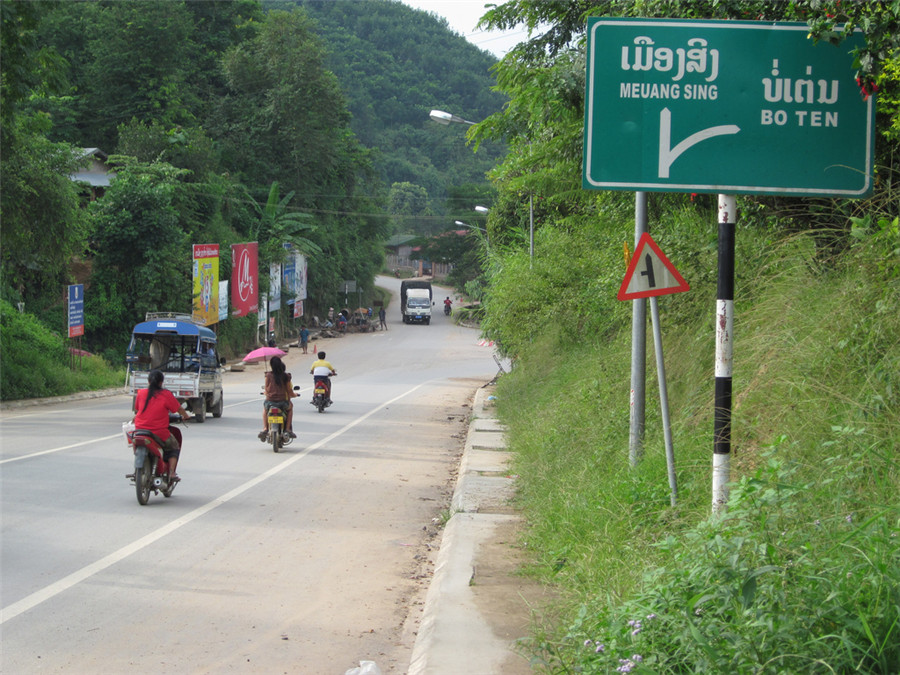How to Travel Overland from China to Laos via Mohan and Boten Border
Getting to the Border
You have several options for getting to the border. The most direct route is to take the long distance bus from Kunming, departing from the south bus station, to Vientiane or Luang Prabang directly. The tickets are cheap, roughly 500 RMB (73 USD) at the time of writing, but the trip is long, exhausting, and not particularly pleasant. If you’re not pressed for time, a much more enjoyable option is to travel more leisurely to get to and cross the border, while enjoying some of the sights and scenery along the way. From Kunming take a bus to Mengla, a city about 40km from the border crossing at Mohan/Boten. From Mengla, minibuses depart to Mohan regularly, and there are also buses departing from Mengla to Luang Namtha in the interior of Laos and a good first stop on your Laotian journey. If you’re lucky enough to have your own vehicle, or access to a vehicle, it is permissible for Chinese vehicles to enter Laos and the vehicle does not have to be registered to your name to cross the border.

Crossing the Border
The Boten border crossing, if you are travelling without your own vehicle, is straightforward. It does involve filling out forms and waiting in lines, and keep in mind that this area is hot most of the year, so dress lightly. Also keep in mind that you will be walking your luggage across the border, so it’s best to bring a backpack or to pack lightly. Immediately prior to the border crossing you will find many money changers and, in fact, these money changers will give you rates much preferable to what you will find in the interior, so change as much money as you think you might need here before you cross into Laos. Once you’re ready to cross, the first step is exiting China. You will approach the border and the Chinese exit point will be a grey building on your right-hand side. Enter, put your luggage through inspection, fill out an exit card, and get stamped out of China. You’ve now officially exited China, but you have not yet entered Laos. The Laotian border crossing is about 500m ahead, and there are little electric cars that can be hired to ferry travelers between the two points. Upon entering the Laotian entry point, if you have already procured a Laotian visa at the consulate in Kunming, you can simply proceed through, get your visa stamped, and enter Laos.

Visa on Arrival
If you do not already have a Laotian visa, no worries, the border crossing offers visas upon arrival. Your first step is to hand your passport to a man at a window inside the building, the first window on your right. He will look at your passport and then hand you a visa application form. Fill out the form completely, and if you have a picture with you, attach it to the form. If you don’t have a picture, not to worry, the visa officer will accept your form without one. The cost for most passports is roughly 242 RMB (35 USD), though there is a schedule of fees posted next to the window. Depending upon how many people are waiting in line, your visa may take between 5-20 minutes to process. An officer at the second window will call your name, and that’s it, you’ve got your Laotian visa. The whole process is very straightforward and easy and, probably in the end, less of a hassle than making a trip to the embassy in Kunming and then back again to pick up your visa two days later. Whether you’re traveling overland or by air, visa upon arrival is definitely recommended over visa in advance.

Arrival in Laos
Upon receiving your visa, remember to pick up a white arrival card and fill it out before getting in line for entry to Laos. Upon getting your visa stamped and exiting the building, you will find minibuses available to take passengers onward. It is possible to catch buses to Udom Xai and to Luang Namtha, both of which are good for a stopover. Luang Namtha is the jumping off point for many treks to ethnic minority villages, and has all of the infrastructure to make these treks happen – local guides for hire, as well as motorbikes and cars. Udom Xai is a provincial capital with buses to many different destinations all over Laos. Laotian roads from Luang Namtha and Udom Xai to Luang Prabang are windy and narrow, but paved and not treacherous. Certain parts of the road have recently been repaved, and so they are not nearly as bumpy and pot-holed as they once were, but how long they stay this way depends on how strictly overloaded trucks are monitored. Travelers prone to motion sickness should definitely plan ahead however because, bumpy or not, the winding switchbacks through the Laotian mountains in a hot bus can be uncomfortable.















